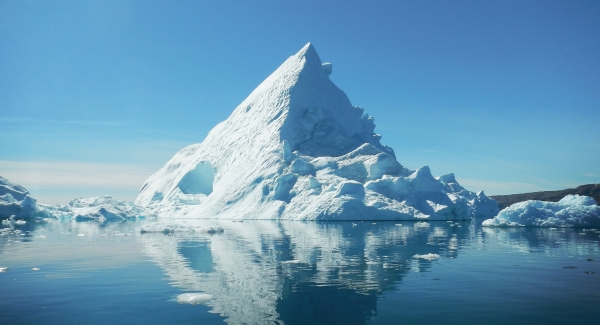When scientists discovered a hole over Antarctica in 1985, countries across the globe got together and wrote a treaty designed to protect the ozone layer, which shields the Earth--and us--from harmful levels of ultraviolet radiation. The resulting Montreal Protocol, the only United Nations treaty ratified by every country in the world, was signed in 1987 and entered into effect in 1989, when little was known about its impact on the global climate. Its purpose was to reduce atmospheric concentrations of ozone-depleting substances (ODSs), materials commonly used in products such as refrigerators, air conditioners, fire extinguishers, and aerosols. For more than 50 years, it has been an important mitigation treaty, affecting many aspects of the global climate.
New study shows that the treaty’s impact goes as far as the Arctic
A new study led by climate researchers at Columbia Engineering and the University of Exeter demonstrates that the treaty’s impact reaches all the way into the Arctic: its implementation is delaying the occurrence of the first ice-free Arctic by as much as 15 years, depending on the details of future emissions. The study was published today by PNAS.
Read more at Fu Foundation School of Engineering and Applied Science
Photo by Jean-Christophe André: https://www.pexels.com/photo/iceberg-2574997/


